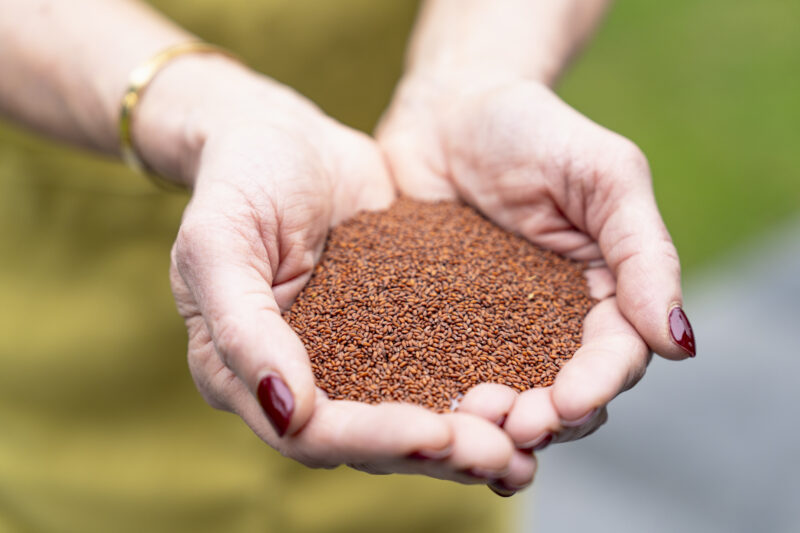The Flavors of Oman
Oman's strategic location on the Silk Road brought goods from Asia, East Africa and Europe to the Sultanate over the centuries. Itinerant caravan traders and sailors brought back spices, fine fabrics and other goods from distant lands. Their influences can still be found in Oman's contemporary cuisine. In my blog, The Flavors of Oman, I take you on a culinary journey of traditional dishes, exotic flavors and mysterious spices.
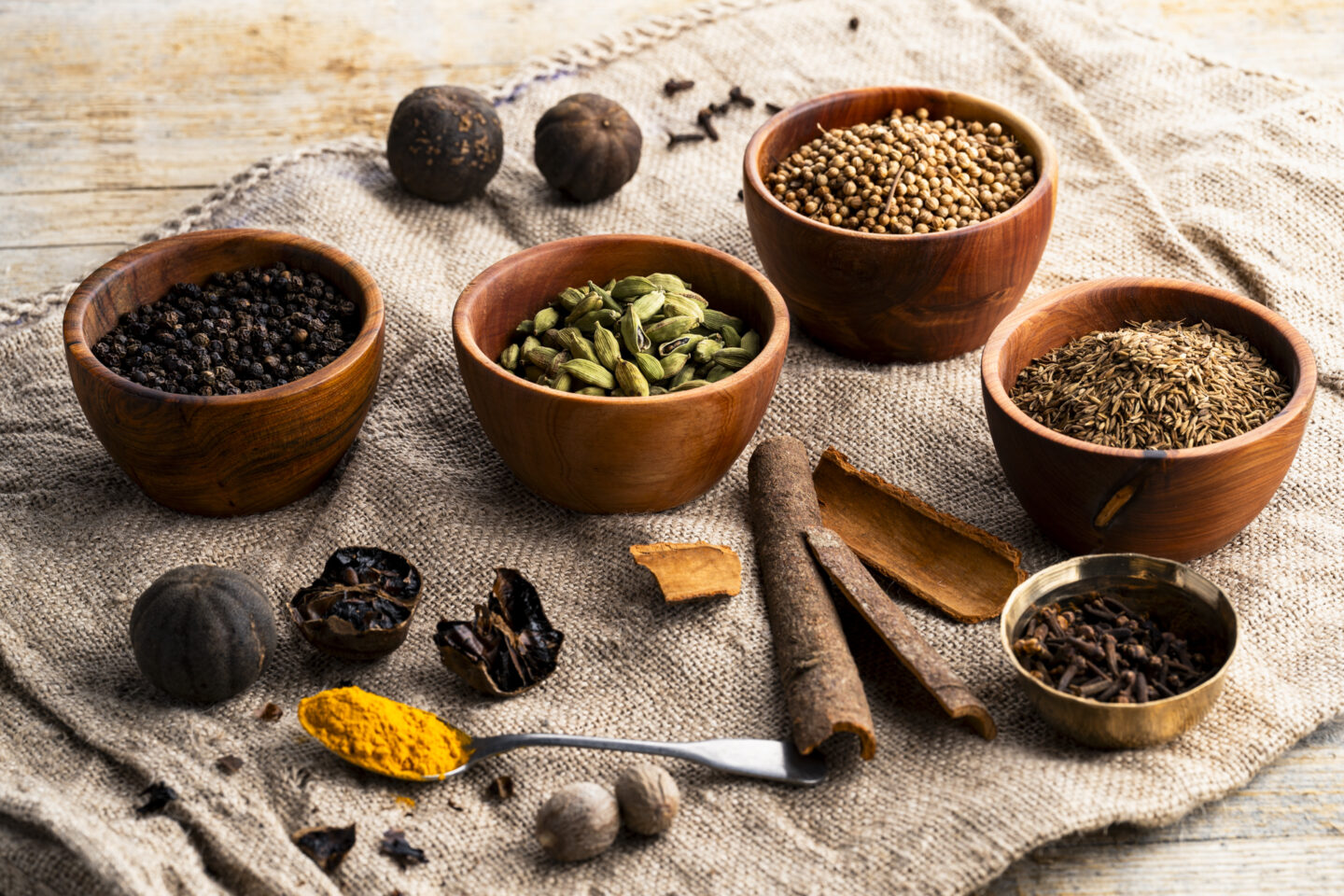
Omani meals
Rice plays a central role in Omani cuisine. The main meal is lunch and always includes a rice dish. Meat, chicken or fish is roasted or stewed with vegetables and spices. Aromatic marinades add depth to the dishes, while fresh spices add a fresh touch. Oman is an Islamic country, so you will never eat pork. Breakfast is usually limited to coffee and dates and dinner consists of light salads, a simple stew or small desserts. Rice dishes are not eaten in the evening.
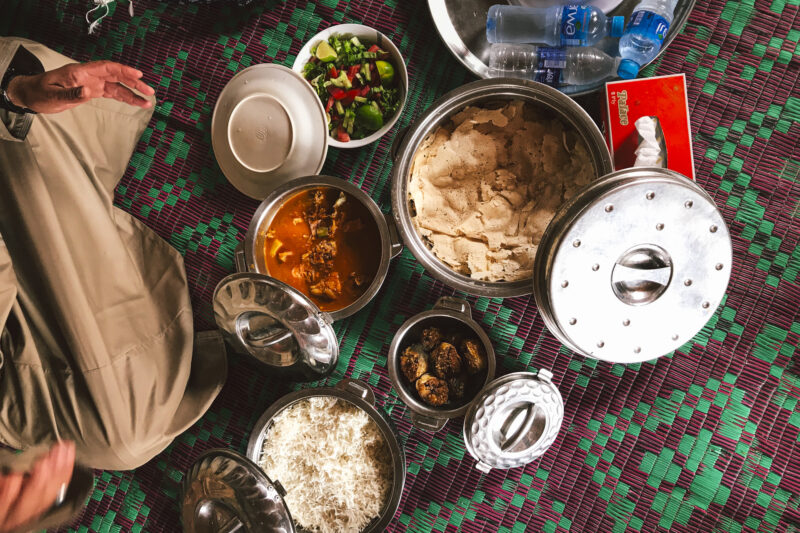
Coffee and dates
Coffee and dates are an important part of the Omani food culture. They go hand in hand and are consumed for breakfast and as snacks throughout the day. Coffee and dates are also a sign of hospitality and generosity and are always offered to visitors. As we walked through one of the old mountain villages around Jebel Akhdar, a friendly villager invited us in. We sipped Omani coffee and tasted dates and halwa. We enjoyed the Omani warmth and look back on our experience with satisfaction.
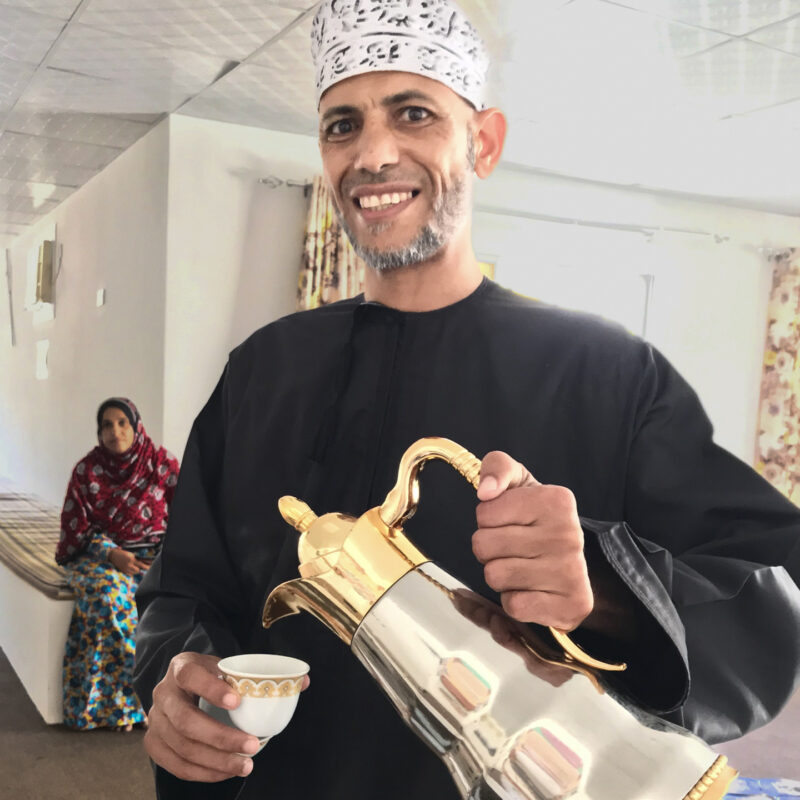
Qahwa, Omani coffee
In Oman, green coffee beans are usually roasted to order at home or at a local roastery. The coffee beans are ground, usually after adding cardamom seeds. The coffee is then boiled with water in a dallah, a tall metal coffee pot with a long spout. Sometimes the coffee is flavored with rose water or saffron. The result is qahwa or Omani coffee, an aromatic and strong drink served in a finjan or small cup. The cups are only half filled to keep the coffee hot. The finjan is refilled by the host until you shake the cup to indicate that you have had enough, an important detail when visiting Oman.
Dates
Dates grow in abundance in Oman and are one of the country's main exports. You can find them in all markets in different varieties. Dates are mainly used to replace sugar. Therefore, they are served with coffee. Dates are eaten fresh or dried for breakfast or as a snack. They are sometimes soaked and then made into juice, added to bread, stuffed with nuts, or reduced to a syrup for pancakes. I tasted at least 10 varieties of dates in the Nizwa market and stocked up for home.
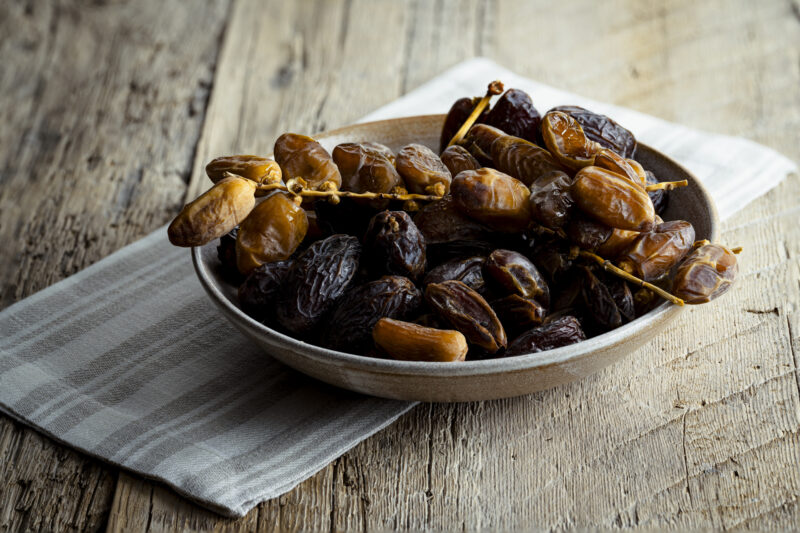
Shuwa, the national dish of Oman
Shuwa is the national dish of Oman and the most traditional. Large pieces of lamb, goat or beef are rubbed with oil and a mixture of spices and wrapped in banana or date palm leaves. The meat is then placed in a pit in the ground with burning charcoal and left to cook all day. At the Alila Hotel in Jebel Akhdar, I learned to make shuwa for modern cuisine.
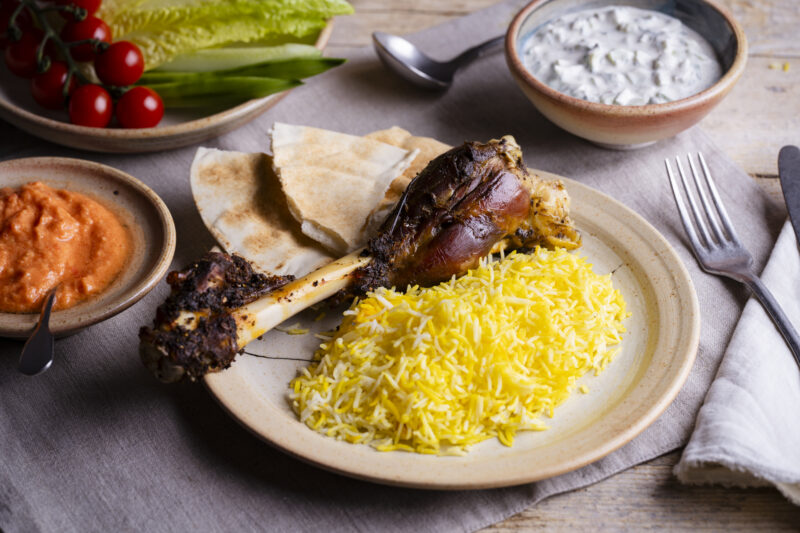
Halwa
Halwa is a typical Middle Eastern dessert that you must try during your trip. In Oman, halwa is made with honey, ghee, flour, rose water, nuts and spices such as cardamom and saffron. It is a solid, sweet preparation served with dates and Omani coffee or as a dessert. Halwa has a good shelf life and you can easily bring it back as a souvenir of your trip. I chose halwa with pistachios, served in a beautifully crafted metal bowl.
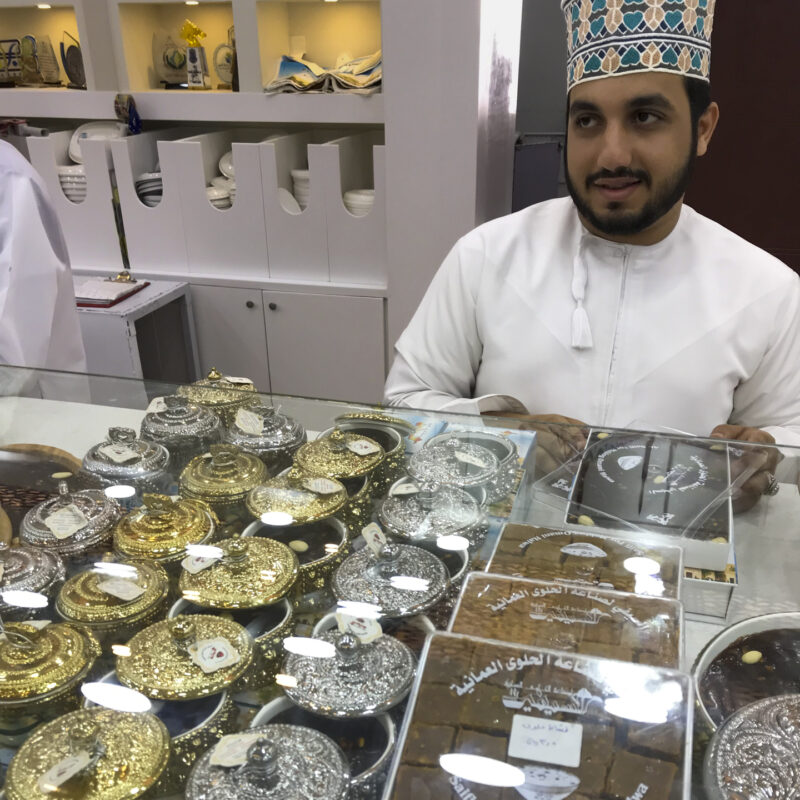
Omani lime or black lime
For me, the Omani or black lime was one of the great discoveries in Omani cuisine. It is a dried lime used as a spice. Fresh limes are boiled briefly in lightly salted water and then dried in the sun. The dried lime becomes hard and dark in color and has a delicious and distinctive aroma. The fruit's tart, sour and sweet notes add flavor and complexity to all kinds of dishes. Add the black lime whole or pierced to soups and stews. Break the Omani lime for a sweeter flavor or use just the papery flesh. Finally, you can grind the lime into a powder that adds a citrusy flavor to your dishes.
Omani spice mix
Omani spice mix or Omani masala is a typical blend of spices used throughout the Arab world in soups, marinades, stews and desserts. Its composition varies from country to country. In Oman, the mix includes cumin, coriander, cinnamon, cardamom, black pepper, dried ginger, and sometimes bay leaf and chili pepper. The spices are first roasted and then ground into powder. They are used in varying amounts depending on the dish.

Damascus rose
I love roses and was eager to see the Damascus rose in bloom during our trip through Oman. If you want to enjoy their enchanting, sweet fragrance, plan your trip between March and the end of April. This is when the Damascus roses grow in abundance on the mountainsides of Jebel Akhdar. They are picked early in the morning and delicately distilled into rose water. The flower has medicinal properties and is an essential part of the local cuisine. Rose water is added to sweet preparations such as halwa, but also to coffee and biryani. The Omani Damascus Rose has a unique musky fragrance and a high content of essential oils, making it indispensable to the perfume industry.
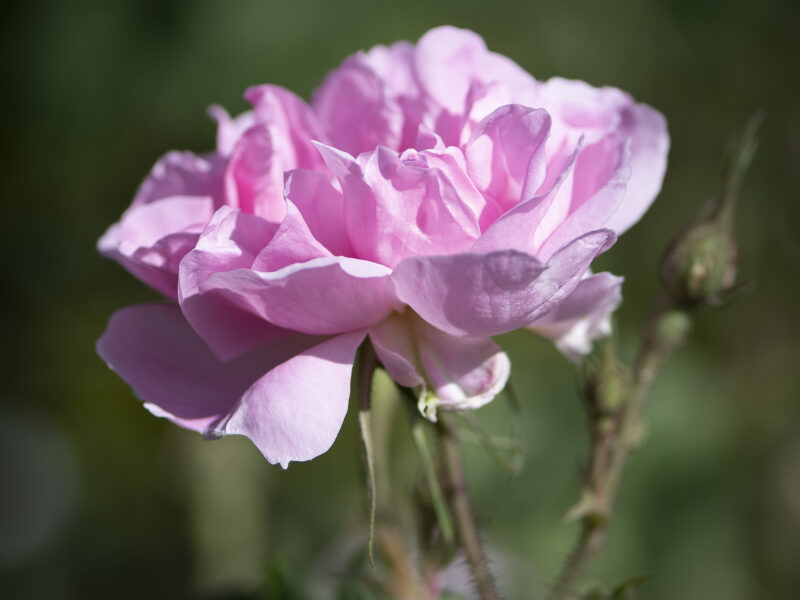
Kabuli
Kabuli is the Omani version of Indian biryani. The rice dish with slow-cooked chicken or meat is said to have originated in Kabul, Afghanistan. The long-grain rice is cooked with meat or chicken in a broth with raisins, chickpeas and spices such as cumin, cinnamon and cardamom. The dish is finished with caramelized onions.
Mishakik
Omanis love to barbecue, eat outdoors and entertain. Mishakik or kebabs are always on the menu and are one of the most popular Omani dishes. Meat, chicken or fish is first marinated in a mixture of tamarind, cumin, cinnamon, cardamom, black pepper and chili pepper. Once grilled, the skewers are served on flat bread. They are served with a spicy mayonnaise and grilled vegetables such as tomatoes, eggplant and onions, or a fresh salad. I ate the most delicious mishakik of grilled giant shrimp on the beach at Zighy Bay in the northern Musandam Peninsula.
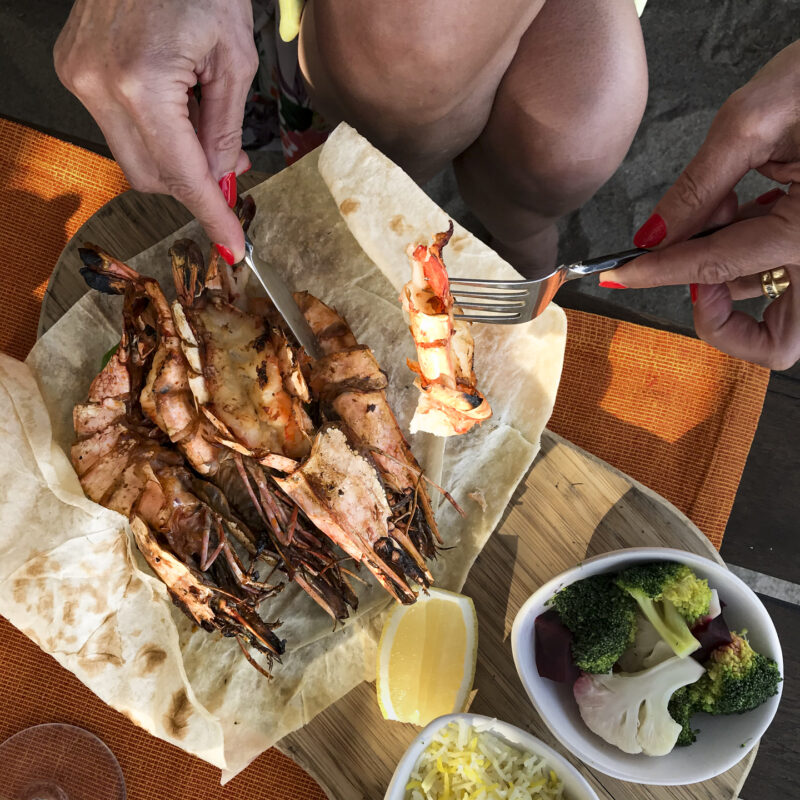
Hub al hamra
Hub al hamra is known to us as asario or cress seed. The seed is native to India and has been used for centuries as a remedy for exhaustion and illness. Drinks containing hub al hamra are typically drunk after childbirth by the new mother and her visitors. Asario is very rich in vitamins and iron. The seed promotes digestion and circulation and is an excellent detoxifier. The seeds swell when they come into contact with liquid and give a feeling of fullness in the stomach. This prevents you from overeating, and thus asario contributes to weight loss.
Our guide Kamil gave me his wife's recipe for the typical pudding-like hub al hamra drink. Soak 2 tablespoons of asario in water for half an hour. Heat 3 glasses of milk. Add the seeds, 1 tablespoon of custard powder or cornstarch, 1 tablespoon of sugar and a pinch of saffron strands. Bring to a boil. Remove from heat and stir in 2 teaspoons of rose water. Serve in pretty glasses.
